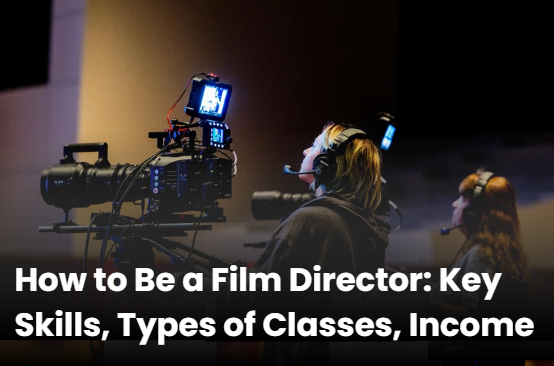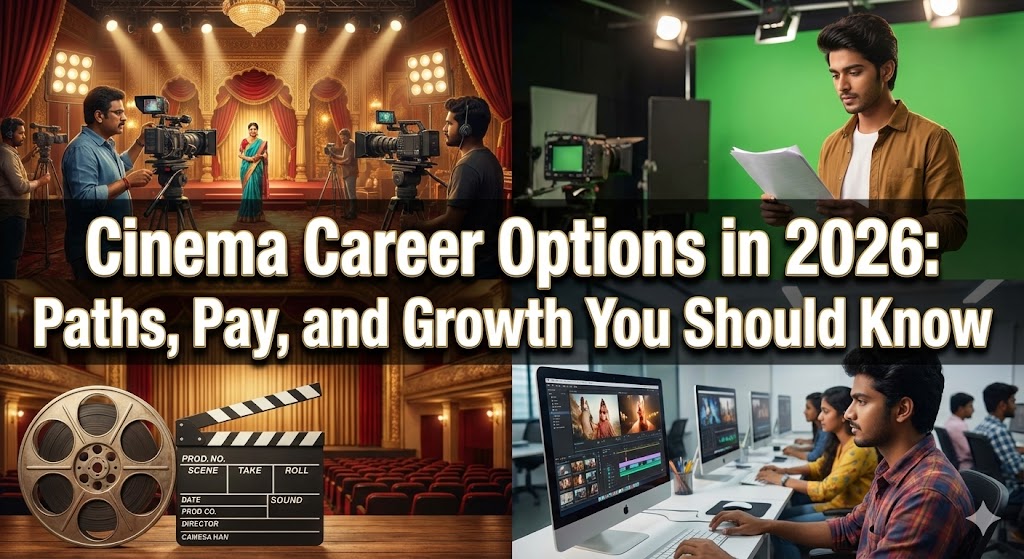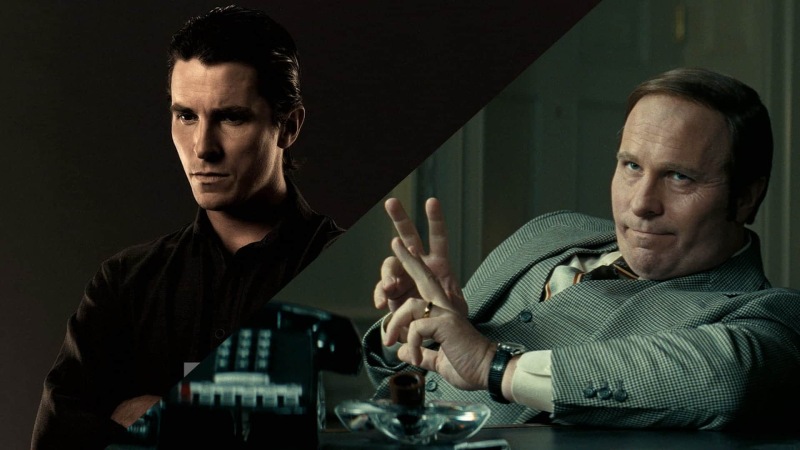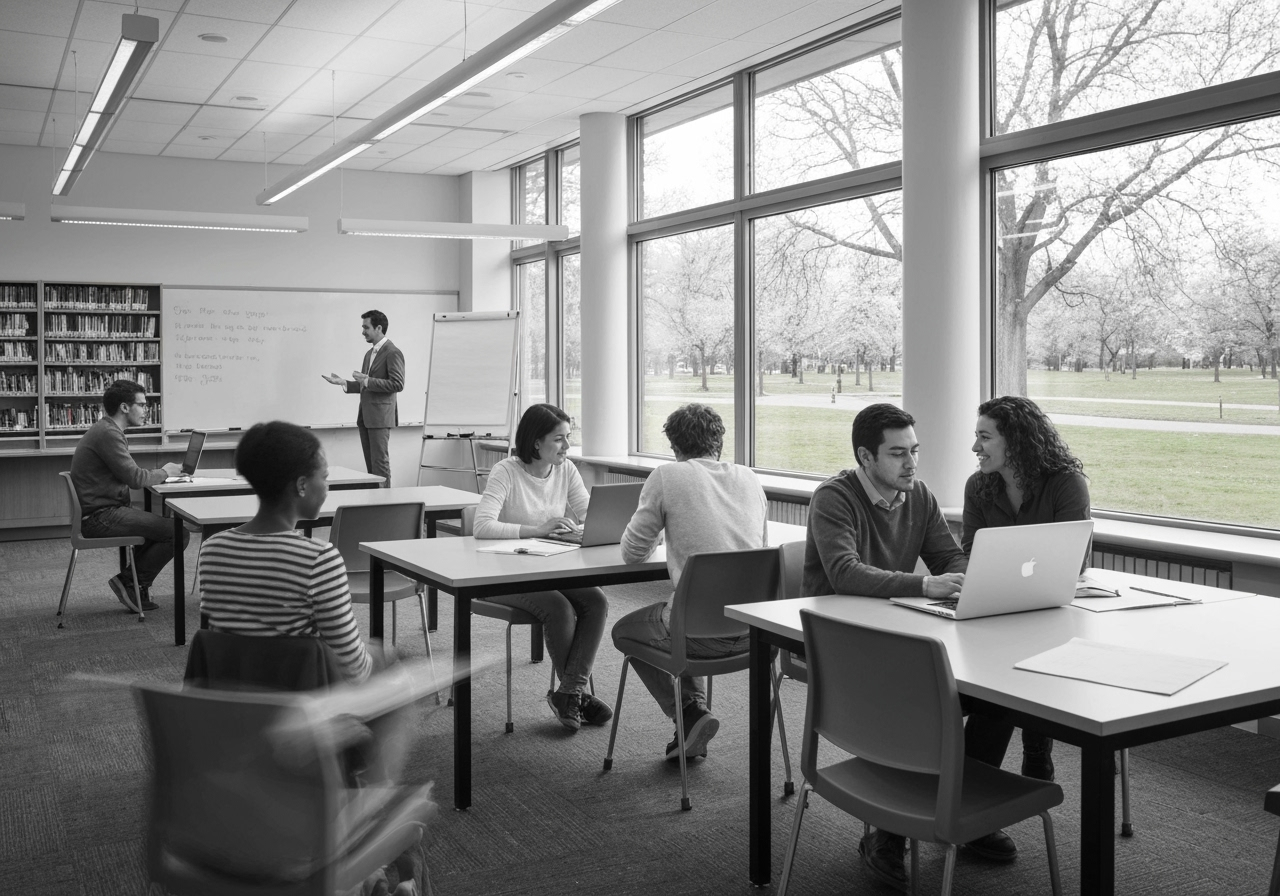The Rise of Virtual Reality Films & Its Impact on Filmmaking
Reality… what exactly is reality?
Nobody really knows. Philosophers have been trying for centuries to define it, to capture it, but no final answer has ever been found. Some say reality is the manifestation of ideas, it’s the ideas with which we have formed this world from. Others insist that reality is purely what we can touch, measure, and see: the empirical world. And then there are those who argue that reality-in-itself, will forever remain unknown to us because the human perspective is limited.
And yet, despite all the confusion and endless debates, we continue living in a reality or at least, our version of it. The reality of our experiences, our emotions, our imaginations.
For centuries, art has been the bridge between what is real and what lies just beyond the edge of the real. Through paintings, music, stories, and sculptures, we have tried to capture fleeting feelings and ideas, making them real in ways that words often failed.
Do you want free career counseling?
Ignite Your Ambitions- Seize the Opportunity for a Free Career Counseling Session.
- 30+ Years in Education
- 250+ Faculties
- 30K+ Alumni Network
- 10th in World Ranking
- 1000+ Celebrity
- 120+ Countries Students Enrolled
Similarly, Cinema has been one of the most powerful tools for shaping and reflecting reality.
The Future of Storytelling with VR
Movies have made us believe in impossible love stories, to reaching the different planets in the galaxies, to making us familiar with the aliens, to giving us the different meaning to life, to appreciating the little moments in our life. They have turned the intangible into something we could see, hear, and feel — something we could live through, even for a moment or a few hours.
And now, with the arrival of Virtual Reality (VR), filmmaking stands at the doorstep of an entirely new form of storytelling one that may feel even more real than reality itself.
Movies have always stretched the limits of imagination, letting us live extraordinary moments. Now, with Virtual Reality (VR), storytelling is evolving beyond the screen immersing us fully into worlds where we don’t just watch the story unfold, we live inside it. VR is set to revolutionize how we experience emotions, narratives, and the magic of cinema
Book Now →
Virtual Reality and the Storyline
Until now, when we watched a movie, we saw the story unfold through the eyes of the director, shaped by the editor’s decisions, controlled by the producer’s vision.
Where the audience was at the receiving end of the custom-made perspective. We saw what was made for us look at, we were walking along the storyline, following the path laid out for us, moment by moment. But Virtual Reality shakes up that entire structure.
Read Also: The Essential Elements of Cinematography: A Visual Storytelling Guide
Do you want free career counseling?
Ignite Your Ambitions- Seize the Opportunity for a Free Career Counseling Session.Instead of sitting back and passively watching, VR throws you into the story, making us the part of the story as we all dreamed of in our childhood when we would imagine jumping into our favourite cartoons, fighting alongside heroes, or wandering through magical worlds.
With VR, those dreams are no longer just daydreams. Now, you can step inside the scene, look around, choose your own focus, move through the story not as a watcher, but as a participant.
You’re no longer on the outside looking in. You are inside the story itself.
Real Story and the Main Character
One of the most exciting possibilities of VR filmmaking is the complete freedom to explore.
Much like advanced video games that offer rich open worlds, VR movies allow you to move through the scenes at 360 degrees, help us exploring the virtual world.
You can turn your head and see behind the main action. You can follow a side character instead of the hero. You can explore and experience the spaces that would otherwise be just background in a traditional film.
The director’s cuts, zoom-ins, and careful framing no longer control what you experience.
You choose where to look. You choose whose story you want to follow.
Maybe you catch a small, tender moment between two side characters that has nothing to do with the main plot but for you, it becomes the heart of the story & because each person explores differently, the same movie can feel wildly different to every individual.
No two experiences will have to be the same, and no two individuals will have the same experience
In a way, VR filmmaking turns every viewer into their own kind of director — shaping a unique version of the story based on their own curiosity and focus.
Mess or Masterpiece?
To be honest there is a very short gap between in creating a masterpiece of And of course, more the freedom you provide to anything more the challenges will be faced. For instance, if everyone experiences a different story, can there even be a unified story anymore? Could it all collapse into a confusing mess, where to give every character depth, the filmmakers end up giving none of them enough?
It’s a real possibility.
Movies might lose the depth, the emotional arcs that make traditional films so rice and impactful.
Some viewers might wander aimlessly through the world and miss the intended emotional highs and lows altogether. Lossing the essence of the movie. But on the flip side, this chaos holds incredible creative potential.
Imagine watching a VR movie once and falling in love with the main hero’s journey, and then imagine coming back and noticing a quiet, heartbreaking story of a side character playing out in the background — something you never saw before. And the next time, maybe you explore the setting itself, uncovering details and meaning hidden in the setting of the environment.
Each viewing would reveal a different layer, a different meaning.
The story would never be fixed — it would be alive, constantly evolving based on who is experiencing it.
In this way, VR films could become living, breathing masterpieces, offering infinite interpretations rather than a single message.
The Democratization of Perspective
There’s also something quietly revolutionary happening here. In traditional cinema, the director holds almost God like power. They decide what you see, when you see it, and how you feel about it. You experience the story as they want you to.
But VR breaks that monopoly. In a VR world, you have the power. You decide where to look.
Read Also: The 7 Most Important Elements of a Successful Short Film
You decide whose story matters to you.
This democratization of perspective reflects something bigger happening in the world today: the move away from centralized authority toward individual agency.
This generation is no longer satisfied just receiving stories; they want to participate, to shape, to explore. In this sense, VR filmmaking isn’t just a new technology — it’s part of a much larger cultural shift.
Psychological Impact of VR Films
Virtual Reality films have the unique power to create an intense emotional impact on viewers by simulating real-life sensory experiences. Unlike traditional 2D films, VR surrounds the audience, making them feel like active participants rather than passive observers. This immersive presence triggers a deeper sense of empathy, as the viewer is placed directly in someone else’s shoes — literally and figuratively. The brain responds more vividly to VR stimuli, often retaining memories from VR films as if they were real-life experiences. This enhances emotional engagement and long-term message retention.
A New Language of Cinema
But, like every great innovation, Virtual Reality will demand new ways of thinking.
The old rules of cinema — the way directors use cuts, angles, close-ups, and lighting to guide emotions — won’t work the same way in VR. You can’t force someone to look at the crying character or the critical scene anymore.
Filmmaker will have to invite the audience — through sound, through subtle environmental cues, through emotional gravity.
Read Also: Beginner’s Guide to Acting for Camera: Techniques That Work
Filmmakers will have to invent a new cinematic language, one that feels less like telling a story and more like building a world worth exploring.
It’s an exciting challenge for both filmmaker and audience to explore! And out of that challenge, entirely new genres, new methods of pacing, and new ways of structuring narratives could emerge — just like sound revolutionized silent films, or colour revolutionized black-and-white films.
Career Opportunities and Salary Trends in VR Filmmaking
| Career Role | Average Salary (India) | Top Companies Hiring | Key Skills Required |
| VR Film Director/Storyteller | ₹8–20 LPA | Tata Elxsi, Technicolor, Prime Focus, Netflix India | VR storytelling, scripting, cinematic direction |
| VR Content Creator/Producer | ₹6–15 LPA | Zoho, Gamitronics, Appearition India, Metaverse Labs | VR production, 360° video editing, project management |
| VR Cinematographer/Camera Operator | ₹5–12 LPA | Prime Focus, PhantomFX, Green Gold Animation | 360-degree filming, camera handling, technical cinematography |
| VR Game & Experience Designer | ₹6–18 LPA | Ubisoft India, EA India, TCS Interactive, Infosys XR Labs | Game design, UX/UI for VR, 3D modeling |
| VR Post-Production Editor | ₹5–14 LPA | Double Negative (DNEG), MPC India, Red Chillies VFX | 360° video editing, VR effects, compositing |
| VR Sound Designer/Engineer | ₹4–10 LPA | Yash Raj Films, Terribly Tiny Tales (VR projects), Amazon India | Sound mixing for VR, spatial audio engineering |
| VR Animator (3D/2D for VR Films) | ₹5–16 LPA | Technicolor India, Byju’s, Green Rain Studios | 3D animation, VR tools (Unity, Unreal Engine) |
| VR Scriptwriter (for Interactive Films) | ₹4–10 LPA | Netflix India, Hotstar, Pocket Aces | Interactive storytelling, branching narratives |
| VR UX Designer (Film Experiences) | ₹7–18 LPA | Infosys, TCS, HCL Technologies (Immersive Labs) | User experience design, interaction design for VR |
| VR Researcher (Emerging Media Labs) | ₹8–20 LPA | IITs Research Labs, IIIT Hyderabad, Private Studios | VR psychology, media research, storytelling impact studies |
Read Also: CGI vs Practical Effects: Pros, Cons & Best Uses in Film
Technical Skills Needed for VR Filmmaking
| Skill Area | Description | Example Tool/Usage |
| 360° Cinematography | Capturing immersive visuals without visible crew or equipment | GoPro MAX, Insta360 Pro for spherical video capture |
| Spatial Audio Design | Designing audio that changes based on viewer’s direction and movement | Ambisonic microphones, Facebook 360 Spatial Workstation |
| VR Development Tools | Building interactive scenes or choosing camera paths | Unity, Unreal Engine |
| Scriptwriting for Immersion | Crafting flexible, exploratory narratives that feel natural | Non-linear scripting techniques like branching dialogue |
The Reality Beyond Reality
In the end, Virtual Reality filmmaking brings us full circle back to the question we started with: what is reality? If reality is shaped by what we see, feel, and experience, then VR films could become a new kind of reality — not a replacement for life, but an extension of it.
Read Also: CGI in Filmmaking: Evolution, Impact & Future Trends
A place where we can explore not just new worlds, but new ways of perceiving things. As with every major shift in art, there will be stunning masterpieces. There will also be beautiful messes. There will be moments of overwhelming acceptance, and moments of deep confusion.
But that’s part of the adventure. Reality whatever it is about to get even bigger. And this time, we’ll be stepping right into it.
Final Verdict
Virtual Reality is not just reshaping how we watch films it’s redefining how we experience stories. As VR technology becomes more mainstream, the demand for skilled creators who understand immersive storytelling is growing rapidly. At AAFT, we recognize this shift and are committed to nurturing the next generation of visionary filmmakers.

Aaditya Kanchan is a skilled Content Writer and Digital Marketer with experience of 5+ years and a focus on diverse subjects and content like Journalism, Digital Marketing, Law and sports etc. He also has a special interest in photography, videography, and retention marketing. Aaditya writes in simple language where complex information can be delivered to the audience in a creative way.






